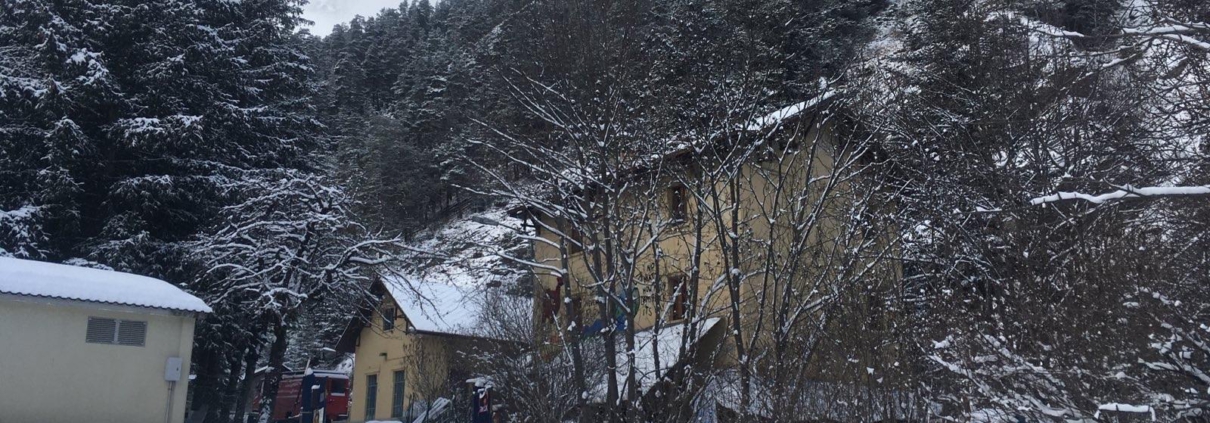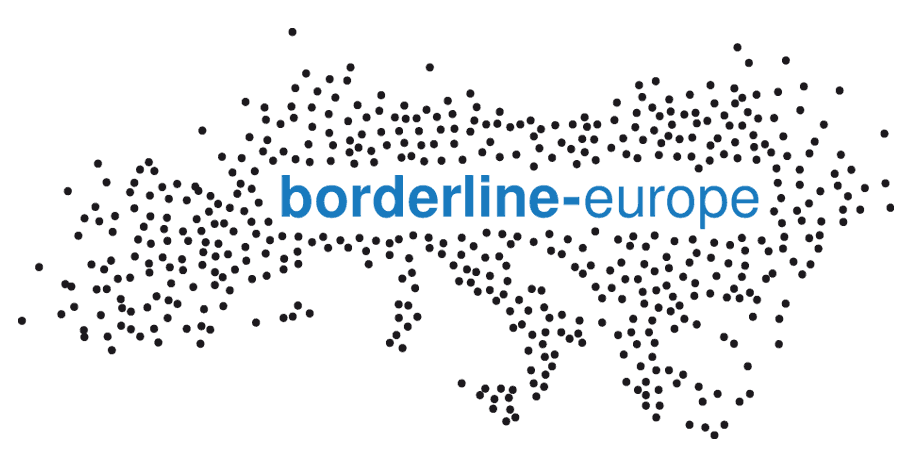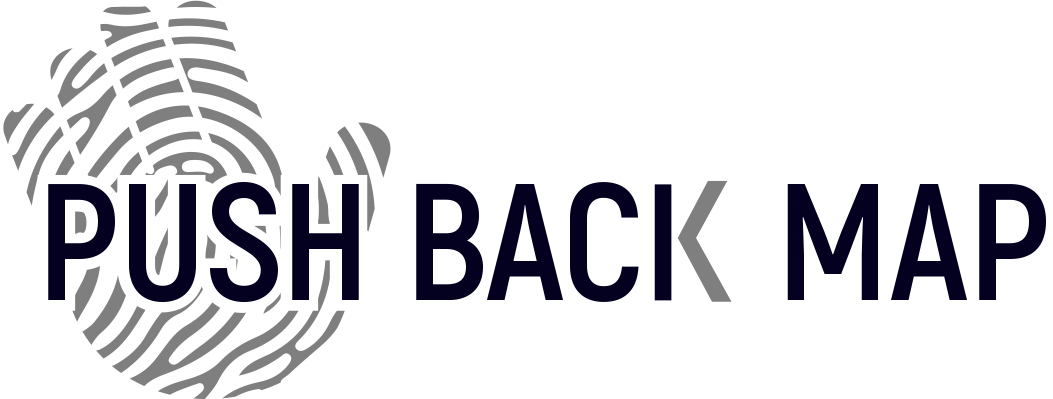Januar-Update von der franz.-ital. Grenze
(EN below) Januar-Update von der franz.-ital. Grenze
Dieser Bericht ist eine Momentaufnahme über zwei Wochen im Januar an der italienisch–französischen Grenze, um einen Eindruck von der Situation in Oulx und Cesana sowie den angrenzenden Orten in Frankreich im Winter zu bekommen. Die Entwicklungen vor Ort sind sehr dynamisch und hängen von vielen Faktoren, wie Wetter, politischem Druck, exaktem Standort und lokalen Support-Kapazitäten ab. Bei Erscheinen dieses Berichts, wird sich vieles bereits verändert haben.
Trotz der zum Teil extremen Witterungsbedingungen mit Temperaturen im zweistelligen Minusbereich, Schneefall und Lawinengefahr überquerten auch im Januar ca. 20-30 Menschen am Tag die Grenze zwischen Italien und Frankreich. Diese gefährliche und potentiell tödliche Überquerung der Grenze wird zusätzlich dadurch erschwert, dass seit Ende 2022 gar keine Busse mehr zwischen den Grenzstädten Claviere und Montgènevre fahren. Die Busverbindung wurde durch die Gemeinde bzw. das lokale Busunternehmen eingestellt, um die Bewegungen der Menschen auf diesem Weg zu kontrollieren. De Facto führt das dazu, dass Menschen noch gefährlichere und deutlich längere Wege zu Fuß über die Berge nehmen müssen. Vermehrt häufen sich auch Berichte von Aktivist:innen und People on the Move zum Einsatz von Drohnen seitens der französischen Grenzschutzbehörden, um Fluchtwege nachzuvollziehen und Menschen auf der Flucht zu Push-Backen. Auch in den zwei Wochen unseres Aufenthalts wurde uns von Push-Backs berichtet.
Dieser Bericht ist eine Momentaufnahme über zwei Wochen im Januar an der italienisch–französischen Grenze, um einen Eindruck von der Situation in Oulx und Cesana sowie den angrenzenden Orten in Frankreich im Winter zu bekommen. Die Entwicklungen vor Ort sind sehr dynamisch und hängen von vielen Faktoren, wie Wetter, politischem Druck, exaktem Standort und lokalen Support-Kapazitäten ab. Bei Erscheinen dieses Berichts, wird sich vieles bereits verändert haben.
Trotz der zum Teil extremen Witterungsbedingungen mit Temperaturen im zweistelligen Minusbereich, Schneefall und Lawinengefahr überquerten auch im Januar ca. 20-30 Menschen am Tag die Grenze zwischen Italien und Frankreich. Diese gefährliche und potentiell tödliche Überquerung der Grenze wird zusätzlich dadurch erschwert, dass seit Ende 2022 gar keine Busse mehr zwischen den Grenzstädten Claviere und Montgènevre fahren. Die Busverbindung wurde durch die Gemeinde bzw. das lokale Busunternehmen eingestellt, um die Bewegungen der Menschen auf diesem Weg zu kontrollieren. De Facto führt das dazu, dass Menschen noch gefährlichere und deutlich längere Wege zu Fuß über die Berge nehmen müssen. Vermehrt häufen sich auch Berichte von Aktivist:innen und People on the Move zum Einsatz von Drohnen seitens der französischen Grenzschutzbehörden, um Fluchtwege nachzuvollziehen und Menschen auf der Flucht zu Push-Backen. Auch in den zwei Wochen unseres Aufenthalts wurde uns von Push-Backs berichtet.
_
January update from the french-italian Border
This report is a snapshot of two weeks in January at the Italian-French border to get an impression of the situation in Oulx and Cesana as well as the neighboring locations in France during winter. Developments there are highly dynamic and depend on many factors, such as weather, political pressure, exact location and local support capacities. By the time this report is published, many things will have already changed.
Despite the sometimes extreme weather conditions with temperatures in double digits below zero, snowfall and avalanche danger, about 20-30 people a day crossed the border between Italy and France also in January. This dangerous and potentially deadly crossing of the border is further complicated by the fact that since the end of 2022 there have been no buses at all between the border towns of Claviere and Montgènevre. The bus service was stopped by the municipality and/or the local bus company in order to control the movement of people on this route. De facto, this leads to people having to take even more dangerous and significantly longer routes on foot across the mountains. There are also increasing reports from activists and People on the Move about the use of drones by French border guards to track escape routes and push-back people on the move. During the two weeks of our stay, we also received reports of push-backs.
January update from the french-italian Border
This report is a snapshot of two weeks in January at the Italian-French border to get an impression of the situation in Oulx and Cesana as well as the neighboring locations in France during winter. Developments there are highly dynamic and depend on many factors, such as weather, political pressure, exact location and local support capacities. By the time this report is published, many things will have already changed.
Despite the sometimes extreme weather conditions with temperatures in double digits below zero, snowfall and avalanche danger, about 20-30 people a day crossed the border between Italy and France also in January. This dangerous and potentially deadly crossing of the border is further complicated by the fact that since the end of 2022 there have been no buses at all between the border towns of Claviere and Montgènevre. The bus service was stopped by the municipality and/or the local bus company in order to control the movement of people on this route. De facto, this leads to people having to take even more dangerous and significantly longer routes on foot across the mountains. There are also increasing reports from activists and People on the Move about the use of drones by French border guards to track escape routes and push-back people on the move. During the two weeks of our stay, we also received reports of push-backs.

























